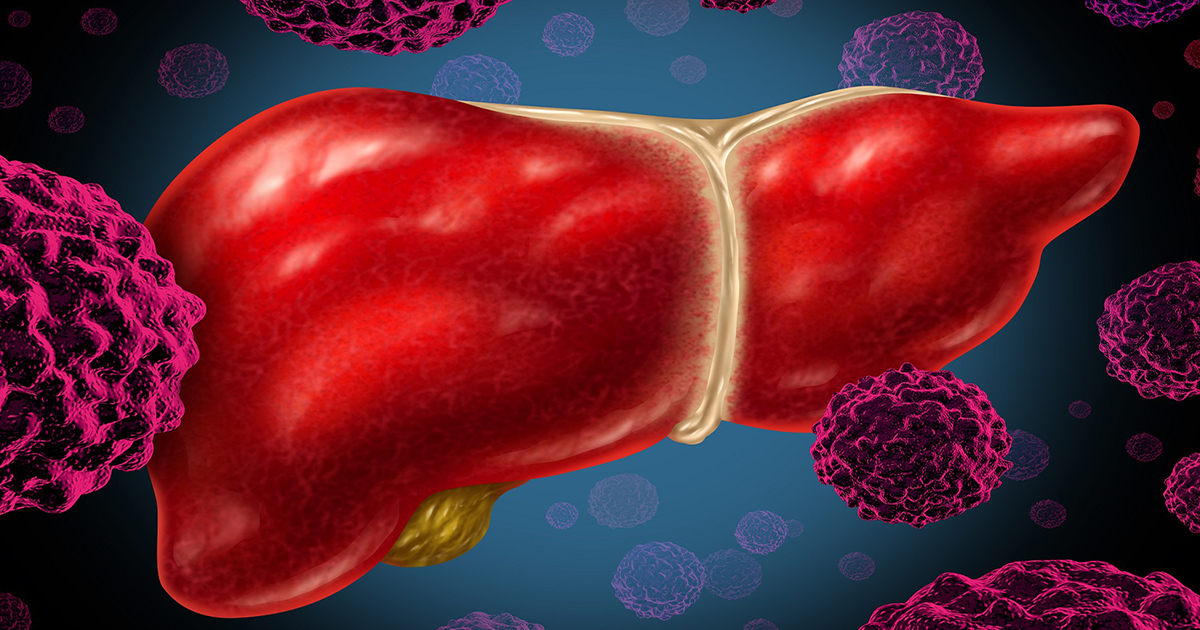How To Treat Primary Sclerosing Cholangitis
Bile Acid Binding Medication

Bile acid binding medication may be used to help treat the bothersome itchy skin that affects many primary sclerosing cholangitis patients. When bile begins to build up in the blood because something is stopping the body from eliminating it properly, it also begins to accumulate in the skin. There are several ways bile causes itching in the skin, including stimulating the release of histamine by the immune system. In a healthy individual, bile is released through the bile ducts and flows into the small intestine. Once there, bile acids are reabsorbed back into the blood by the small intestine. This normal circulation keeps bile levels in check for individuals who do not have primary sclerosing cholangitis.
Because bile accumulates quickly in patients with this condition, a medication that stops the reabsorption of bile acids in the intestine can be helpful. Bile acid binding medications essentially bind to the bile acids to keep the intestine from reabsorbing them. When bile acids are not absorbed, they exit the body through the stool. This mechanism allows for individuals affected by primary sclerosing cholangitis to eliminate excess bile from their body. When bile levels in the skin decrease back to normal, the skin stops itching.
Liver Transplant

Some individuals with primary sclerosing cholangitis will eventually require a liver transplant. While measures can be taken in those with this condition to slow its progression and prevent complications, no known treatment will actually stop its progression. Eventually, injury and inflammation of the liver will occur because the bile has nowhere to go. With each subsequent episode of liver inflammation and injury, the body heals itself by developing scar tissue in the liver. Excessive liver scarring is known as cirrhosis, and this causes liver failure. Aside from liver failure, another circumstance that may necessitate a liver transplant in an individual with primary sclerosing cholangitis is frequent infections of the biliary system or bacterial cholangitis.
In addition, primary sclerosing cholangitis patients are at a considerably higher risk of developing cancers of the liver, gallbladder, and bile ducts. If cancerous cells are found in any bile duct or liver tissues as a result of primary sclerosing cholangitis, a liver transplant may be warranted. When any symptoms of this condition become excessively debilitating and do not respond to other methods of treatment, a liver transplant may be considered.
